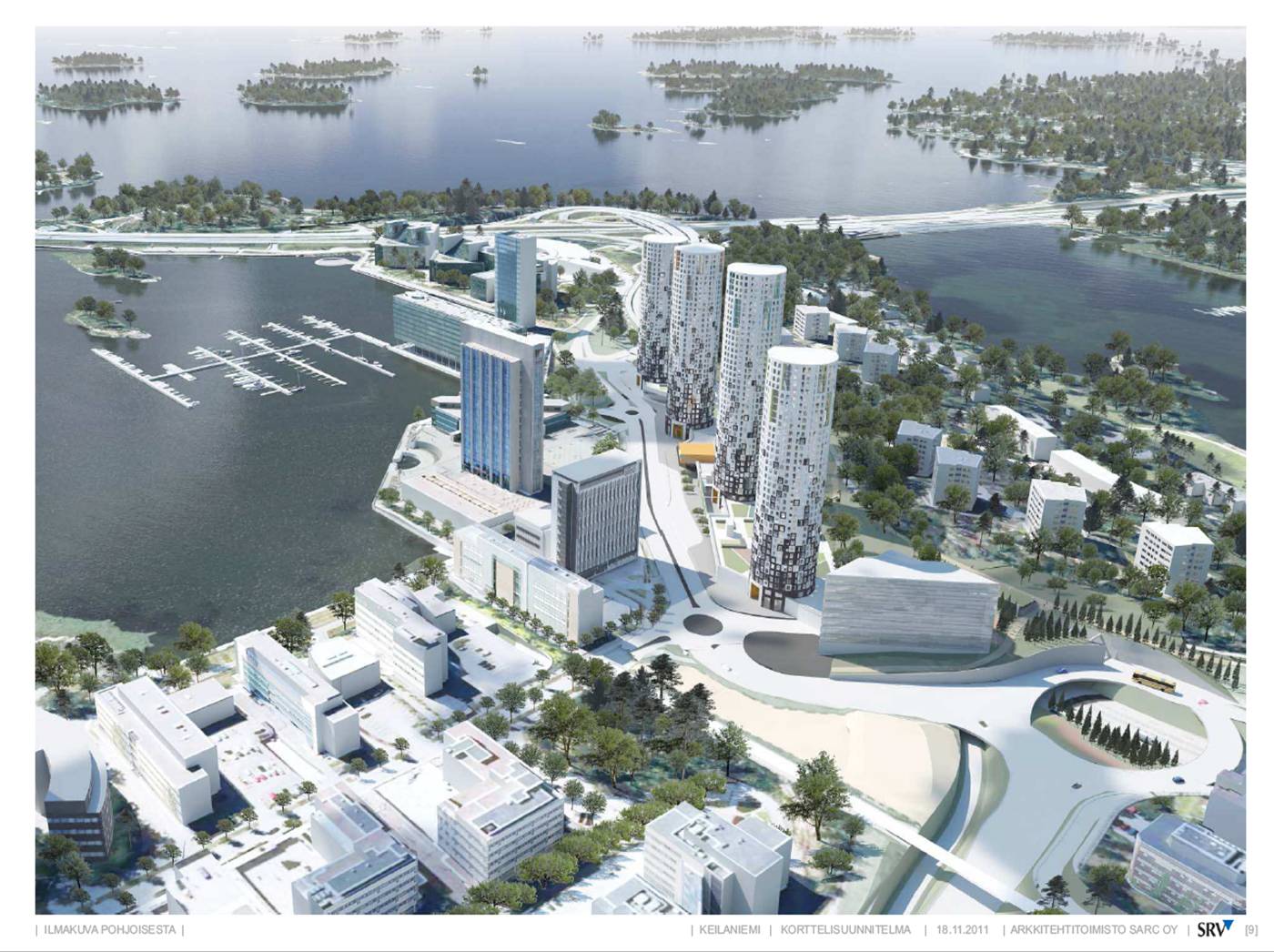Originally published in Monocle – issue 85, July/August 2015
“Our success is down to collaboration between the city, its residents, the university and businesses,” says Jukka Mäkelä, the mayor of Espoo, Finland’s second largest city. He is standing among the birch trees outside his childhood home. As he expounds his vision for the city’s future, one of the children playing outside hits a ball under his electric car. Welcome to Tapiola garden city.
Located in the east of Espoo municipality, the district of Tapiola was conceived by a lawyer, Heikki von Hertzen, whose book Homes or Barracks for Our Children? set out his urban-planning priorities: nature, family, jobs, public space and a variety of housing options. In 1951, Von Hertzen founded the private, non-profit Housing Foundation with funding from trade unions and social organisations, purchased 270 hectares of forest west of Helsinki and recruited Finland’s leading architects, including Alvar Aalto, Aarne Ervi and Kaija Siren, to help make his vision a reality.
That vision was of a self-contained but diverse community. The area was divided into four neighbourhood units, each surrounded by a green belt. Eighty per cent of the dwellings were social housing and white modernist blocks were set among pine and birch trees. In the centre, Aarne Ervi converted a former gravel pit into a large, square water basin. Overlooking it is Arto Sipinen’s 1989 multistorey cultural centre as well as a sleek church, public swimming pool, outdoor amphitheatre and shopping centre.
Since the 1950s, Tapiola has continued to evolve. A case in point is the WeeGee house, designed in the 1960s by Aarno Ruusuvuori as a printworks for publisher Weilin+Göös. Today, the protected building is home to the largest exhibition centre in Finland. Businesses have evolved, too. Metsäliitto forestry co-operative moved to Tapiola in 1975 and in 2007 constructed the country’s largest wooden office building. Recently the business, now called Metsä Group, brought all five of its subsidiary companies together, renovated a 1970s building and installed an impressive staff canteen with an undulating wooden roof.
At the other end of the spectrum is Startup Sauna, housed nearby on the Otaniemi campus of Aalto University (formerly Helsinki University of Technology). One resident, Reda Štaré, the Lithuanian co-founder of social-dining start-up Plate Culture, praises the harmony of Tapiola’s landscaping and the university’s low-rise 1960s buildings designed by Alvar Aalto. “Otaniemi is a great place to think and work,” she says.
Startup Sauna is exactly the kind of initiative beloved by the mayor, who studied at the university before it was renamed and sees it as an incubator of innovation. Mäkelä hopes to unite Tapiola and Otaniemi with the waterfront district of Keilaniemi in what he calls the Espoo Innovation Garden. Part of the plan is a €1bn metro line to improve travel between Espoo and Helsinki. Tapiola’s immediate future also includes mass underground parking, a renovated bus station, new business and residential and retail space.
The role of the city of Espoo has been controversial since it began managing Tapiola’s infrastructure in the 1980s. Architecture purists have criticised developments as inconsistent with garden-city ideals. But Mäkelä disagrees, arguing that taller buildings are necessary to avoid encroaching on the green belts and retain Tapiola’s proximity to nature. Innovation and transport are his way of restoring the area’s appeal to young families and his lesson for any urban planner is refreshingly simple: “Build for children and their parents and, above all, listen to your residents.”
